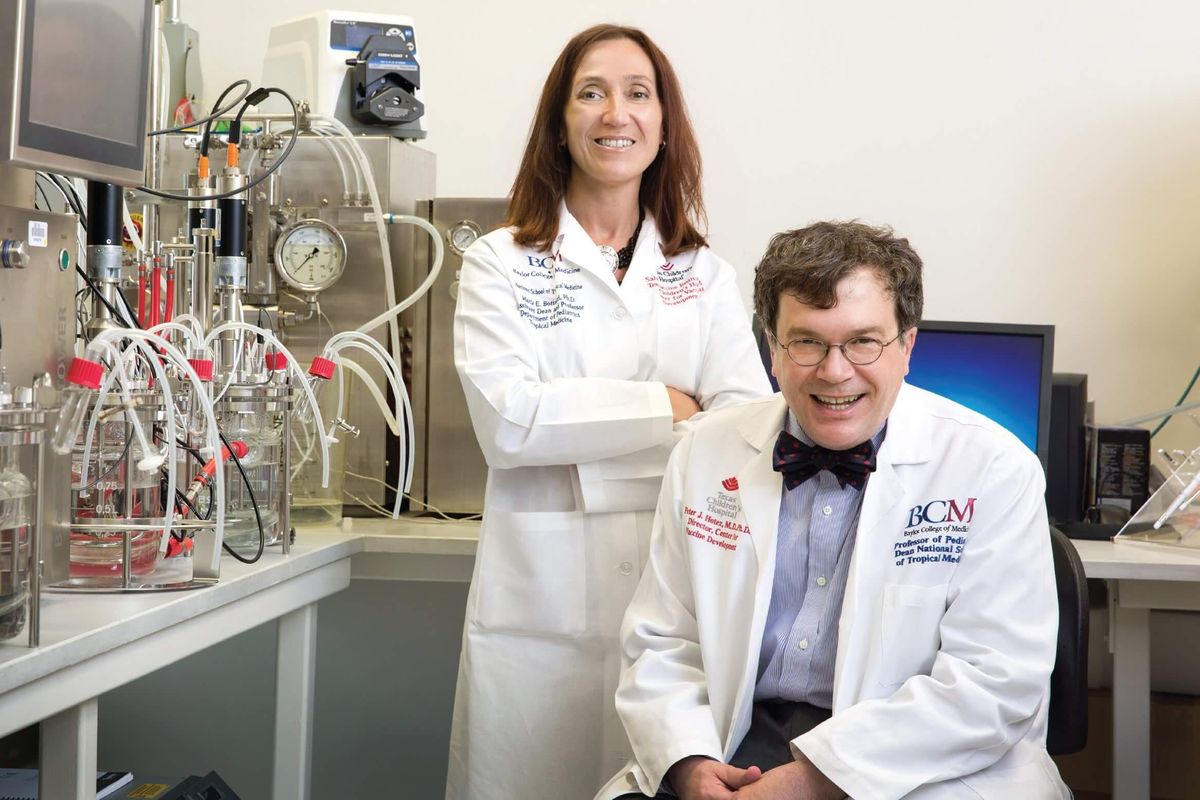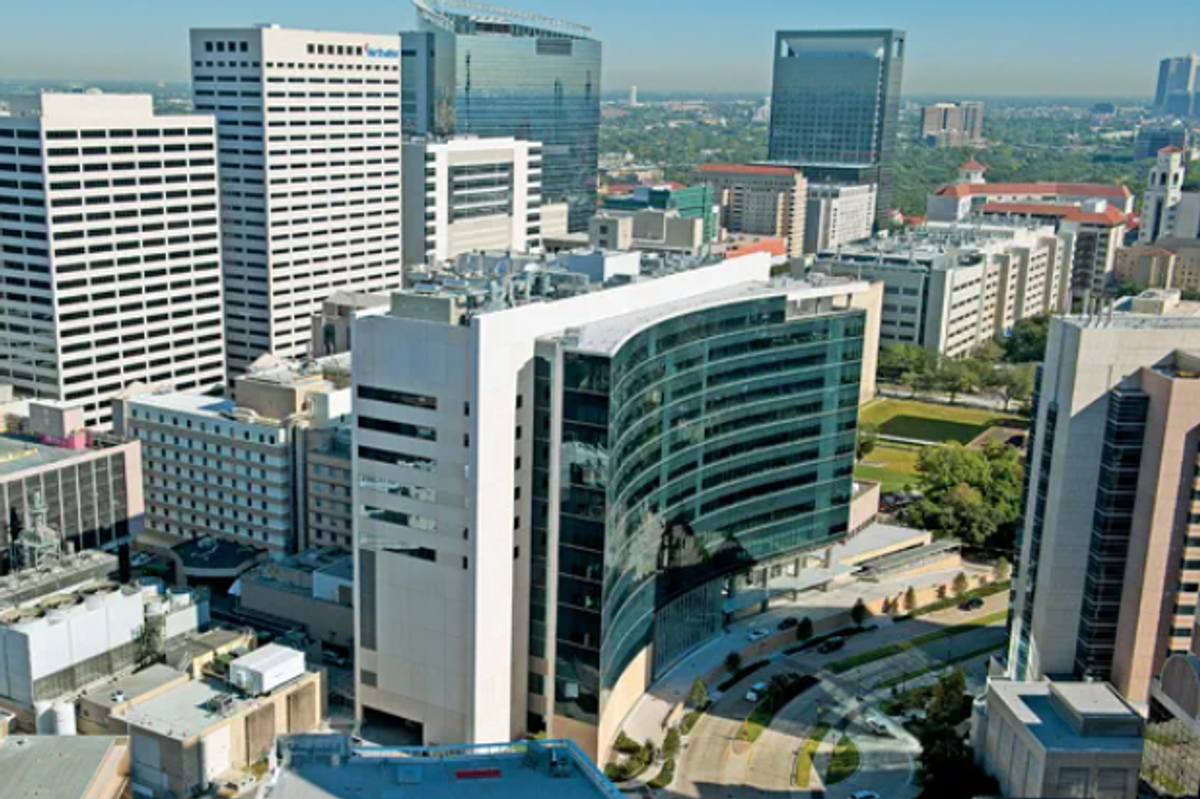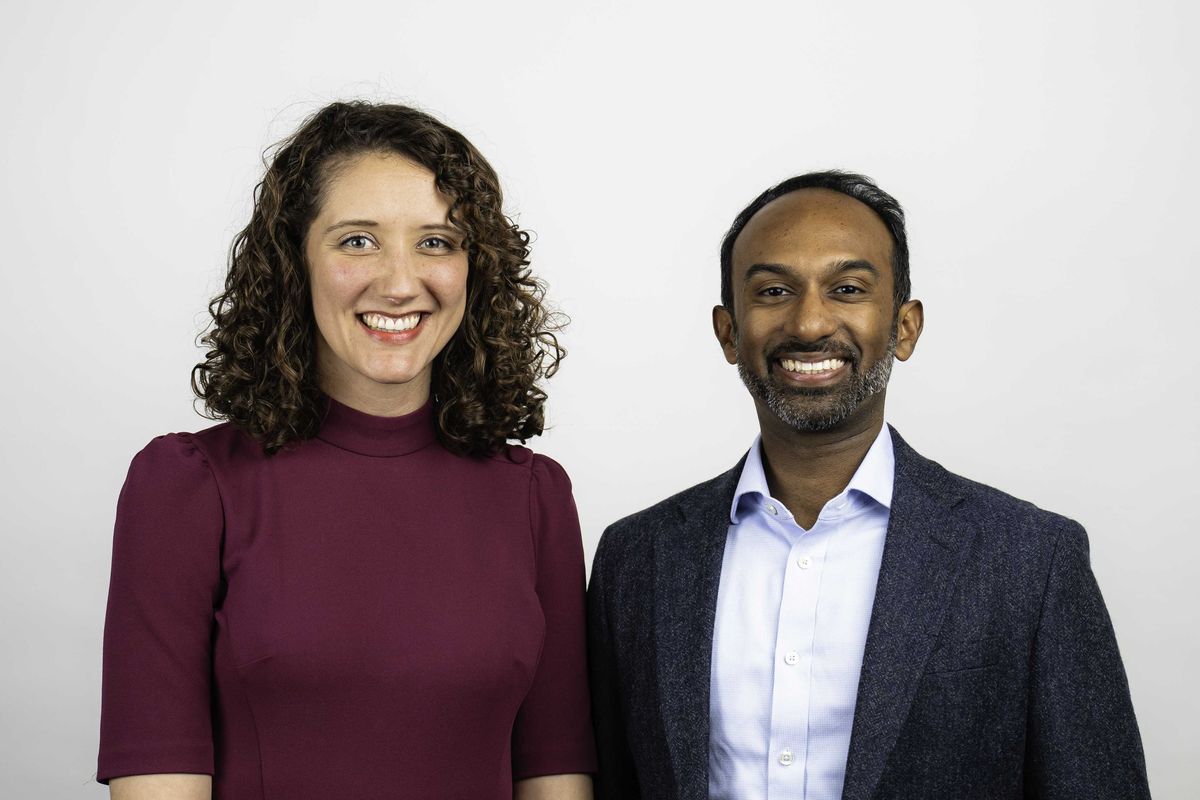Investors eagerly wait for the news in their earnings reports. When these reports don't appear on the expected date, investors worry — and stock prices often fall as a result. But what if managers could present late reports in a way that spared their companies?
Research by K. Ramesh, a professor at Rice Business, shows that managers' approach to late earnings reports can profoundly affect market reaction. When firms put off filing a report, it's up to managers to decide whether to speak up or stay quiet. Those who choose to talk about a postponement then must decide how, what and how much to say.
All earnings delays, whether they're attended by a statement or not, prompt negative market reaction, prior research suggests. But in his research, Ramesh, Herbert S. Autrey Professor of Accounting, wanted to learn more about the exact consequences of these late reports, and how managers can lessen the blowback.
To do this, Ramesh and a team of coauthors first looked at the incidence, timing and contents of a comprehensive sample of press releases announcing an earnings delay. Then they studied what those delays did to market value.
Conventional wisdom in the business press already suggested that investors viewed any announcement of a delayed earnings report as bad news. But finance theorists tell a more complicated story, one in which the market response might be partially shaped by managerial behavior. Subtle factors, they found, such as whether the impending delay is discussed or treated with silence, really can make a difference.
In the view of some theorists, merely announcing a delay can sometimes avert a drop in stock prices. Others argue that this isn’t necessarily the case, especially if the company discloses that the delay stemmed from legal concerns. The better approach: making it clear up front that reports aren't being postponed to hide disastrous information. But what if the information is indeed disastrous?
That may be the one case where disclosure won’t change much, Ramesh and his team found.
“Those companies that are in fact concealing disastrous results will experience no benefits (in the form of higher stock price) from revealing their true situation,” the research team wrote, “because the market will infer the worst from the manager’s decision not to announce the delay.” For this reason, they added, delayed earnings without a stated explanation prompt the most negative market reaction. As in so many areas of public relations, without a narrative, investors will infer a negative one of their own.
To better understand the impact of late reports, Ramesh and his coauthors built a comprehensive sample of 545 delay announcements by using a keyword search of the Dow Jones Factiva database between January 1, 1995, and December 31, 2009.
As conventional wisdom suggested, the study showed that announcements of late earnings reports led to negative market reactions. (Earlier studies have shown smaller firms are hit hardest by this dynamic, perhaps because investors assume large companies have more finely tuned financial reporting systems, so are less worried by their earnings delays).
Consistent with the anecdotal evidence, the average one-day abnormal stock return for the sample was -6.29 percent, while the median return was -2.27 percent. Both figures are economically and statistically significant.
The researchers next classified the announcements according to stated reason, dividing the delays into “Accounting” and “Non-Accounting” categories. “Accounting” explanations were subdivided into “Accounting Issue,” “Accounting Process” and “Rule Change.”
Meanwhile, “Non-Accounting” explanations were divided into “Business,” which linked the delay to some event such as divestitures or regulatory proceedings, and “Other,” which ranged from earthquakes to power outages. Finally, there were delays for no stated reason at all.
About two-thirds of the late announcements, the team found, were linked to accounting. When firms named a specific accounting issue as the cause for delay, the average abnormal return reached a statistically significant -8.15 percent. When managers explained that the accounting process was not complete, the average abnormal return was slightly lower, at -7.04 percent.
After accounting issues, business events drove most earnings delays. In theory, these events could have been either good or bad news. But the average abnormal return for the subsample was a statistically significant -3.74 percent — a reflection of the fact that most business events linked to late earnings reports tend to be negative.
Curiously, the average abnormal return for the grouping classified as “Other” was almost nil — at 0.53 percent. This suggests that the market does not penalize managers for events outside of their control that have little, if any, relevance to firm performance.
“No Reason,” the researchers found, was the most damaging explanation of all. Seven percent of the sample, or 37 out of 545 delays, came without a stated reason. The average abnormal return for these was a significant -10.41 percent, a greater negative number than the returns for any of the other reasons.
So what should managers do when a deadline is going to be busted? Bite the bullet and disclose the reasons, Ramesh suggests. For one thing, it helps limit legal exposure and preserve credibility. When the reason for the late report is innocuous, explaining to investors can also mitigate the market's displeasure. A caveat: While informing investors that a power outage caused earnings delay will calm jitters, disclosure may not make a difference if the company just can’t balance its books.
It's human nature, apparently, to read no news as bad news. Relaying something—anything—about the cause of a late report seems to soothe investors' nerves by preventing them from filling the silence themselves.
------
This article originally ran on Rice Business Wisdom and was based on research from K. Ramesh, Tiago Duarte-Silva, Huijing Fu and Christopher F. Noe. K. Ramesh is the Herbert S. Autrey Professor of Accounting at Jones Graduate School of Business at Rice University.




















